One of the best-in-class at sustainable fashion
The fashion and textile industries are still a major burden on the environment, and stricter requirements will be imposed on both manufacturers and brands in the future. However, some businesses are already excelling in this area by making sustainability part of their brand identity.
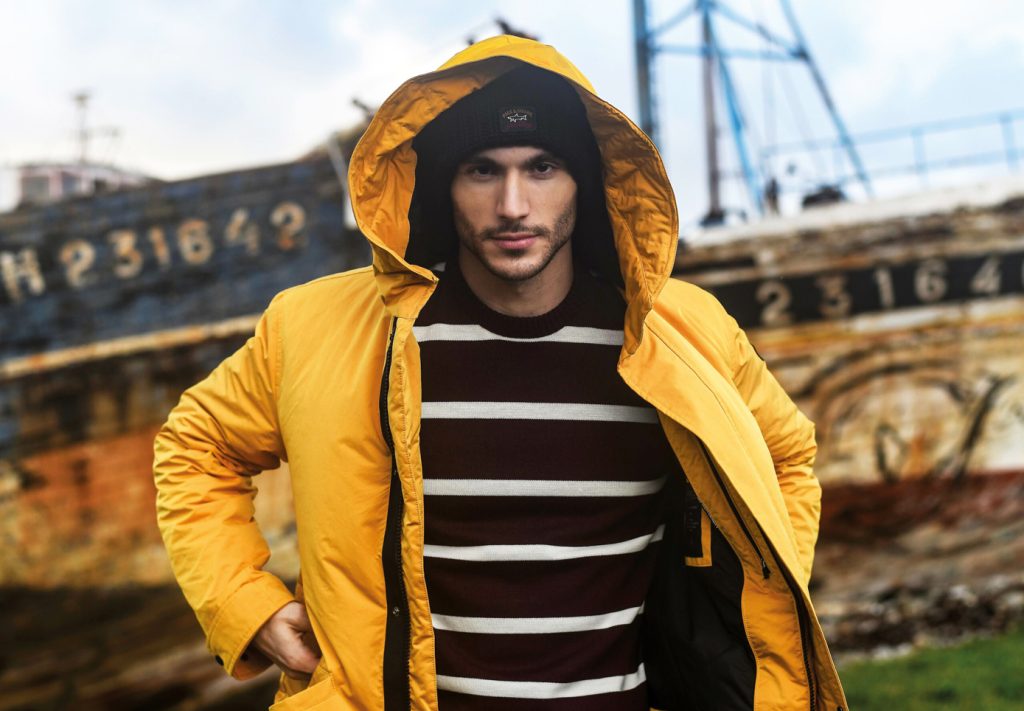
The fashion and textile industry is one of the world’s largest industries, but is also the industry with one of the biggest environmental impacts.
“10% of all greenhouse gas emissions come from our industry. That’s more than aviation and shipping combined,” says Thomas Kosstad, owner of the Teko Trading Agency.
Teko Trading is a distribution partner for premium Italian brands in the Scandinavian market, representing brands such as Paul&Shark, Jacob Cohen, MooRER, Lardini and Bramani Cashmere.
“The biggest challenge is fast fashion and overproduction,” he says.
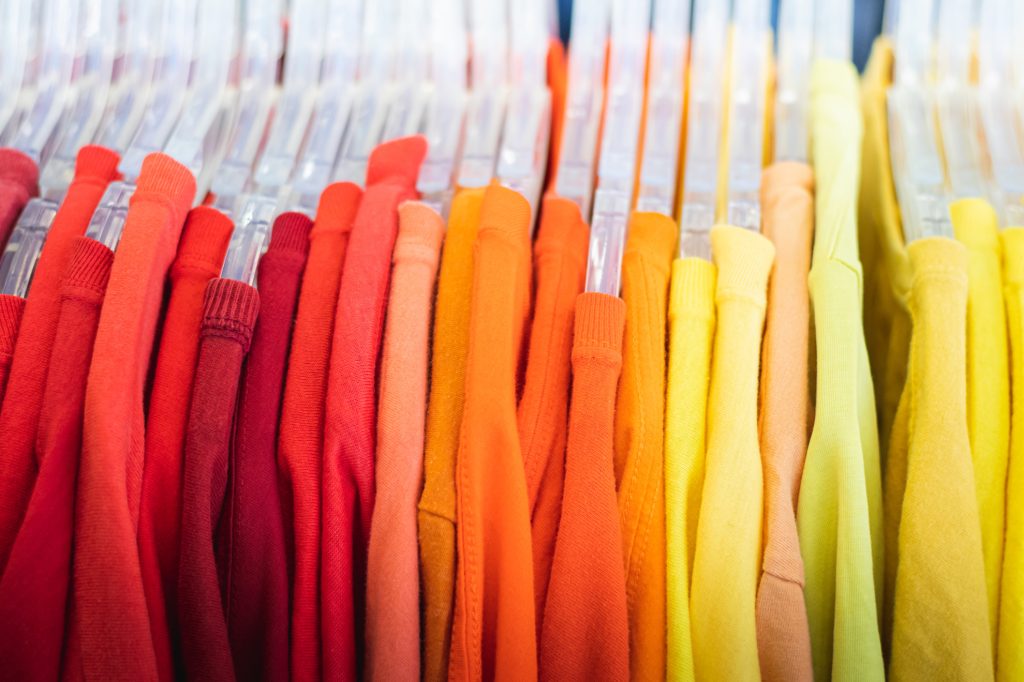
According to Framtiden.no, every year more than 4.5 million tonnes of second-hand clothing circulate in the global market – that’s more than 23 billion garments. According to NORSUS, annual textile consumption in Norway is 15 kilos per capita, equivalent to 80,000 tonnes per year, of which 36,000 tonnes are exported abroad.
“Only a small proportion of the clothes are resold and 13% are recycled. The rest is sent to African and Asian countries and, in many cases, dumped by unregulated landfills.
This includes countries such as Ghana and Chile, where vast amounts are dumped on the shores outside Accra, Ghana’s capital, and as waste in Chile’s Atacama Desert, and are referred to locally as “dead white men’s clothing.”

Tougher EU directives to come
Clearly there is a strong need for change in the fashion and textile industry, and stricter requirements will be set for both manufacturers and brands in the near future.
“Right now, it’s a mess. There are too many labels, and far too many labels that don’t really guarantee care for the environment or sustainability. The EU will tighten up on this, and we’ll see tough EU directives in the near future,” says Kosstad.
Even so, there are some brand names that lead by example, and one of the best-in-class is Italian brand Paul&Shark.
“Paul&Shark’s value chain is 80% sustainable, which is impressive. Nobody can deliver 100% in an industry that operates with such short deadlines and high pressure, so at 80%, Paul&Shark is one of the best-in-class.
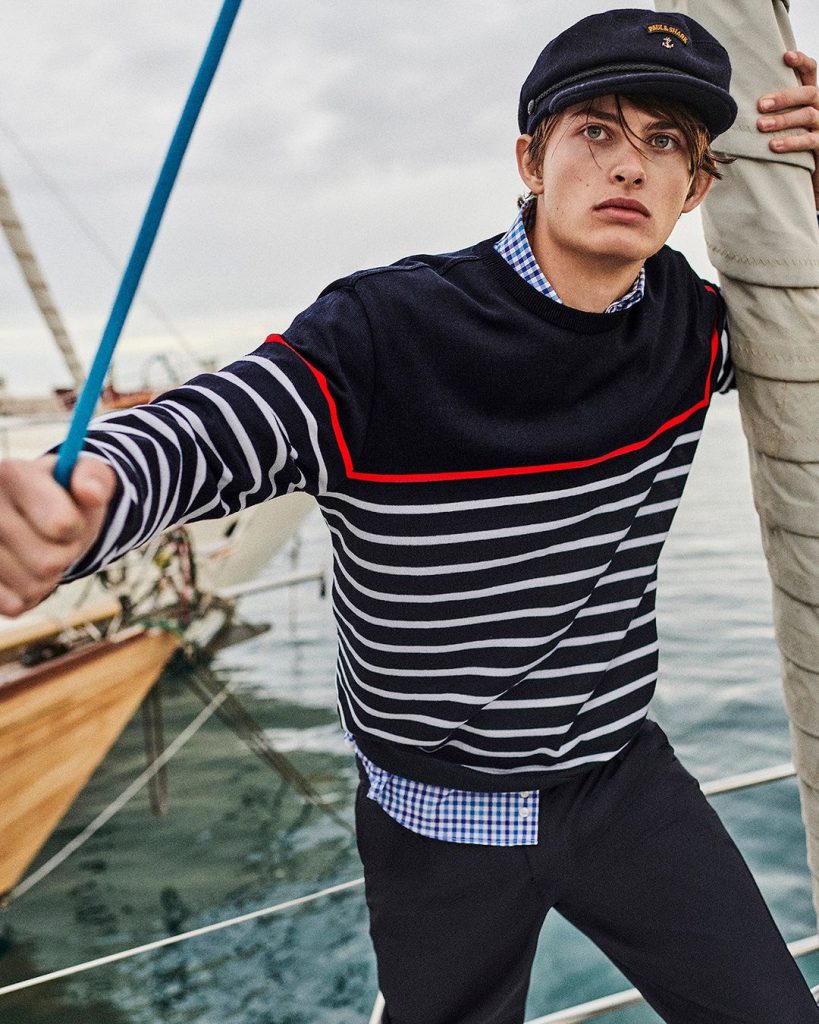
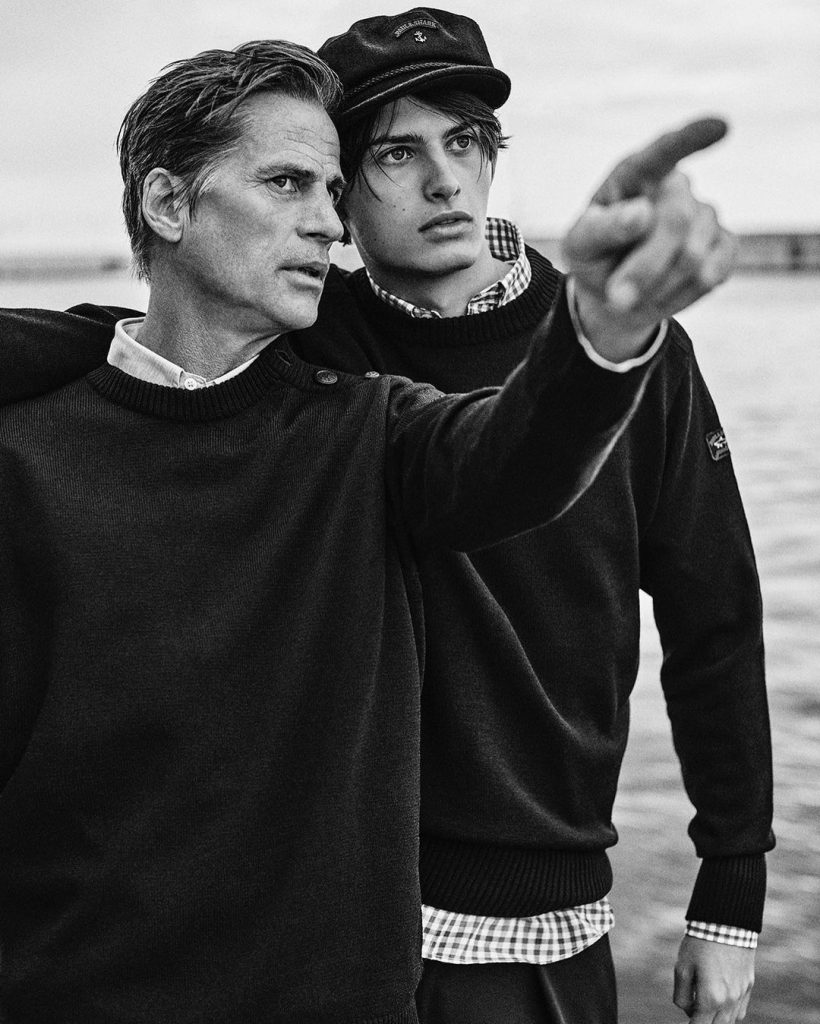
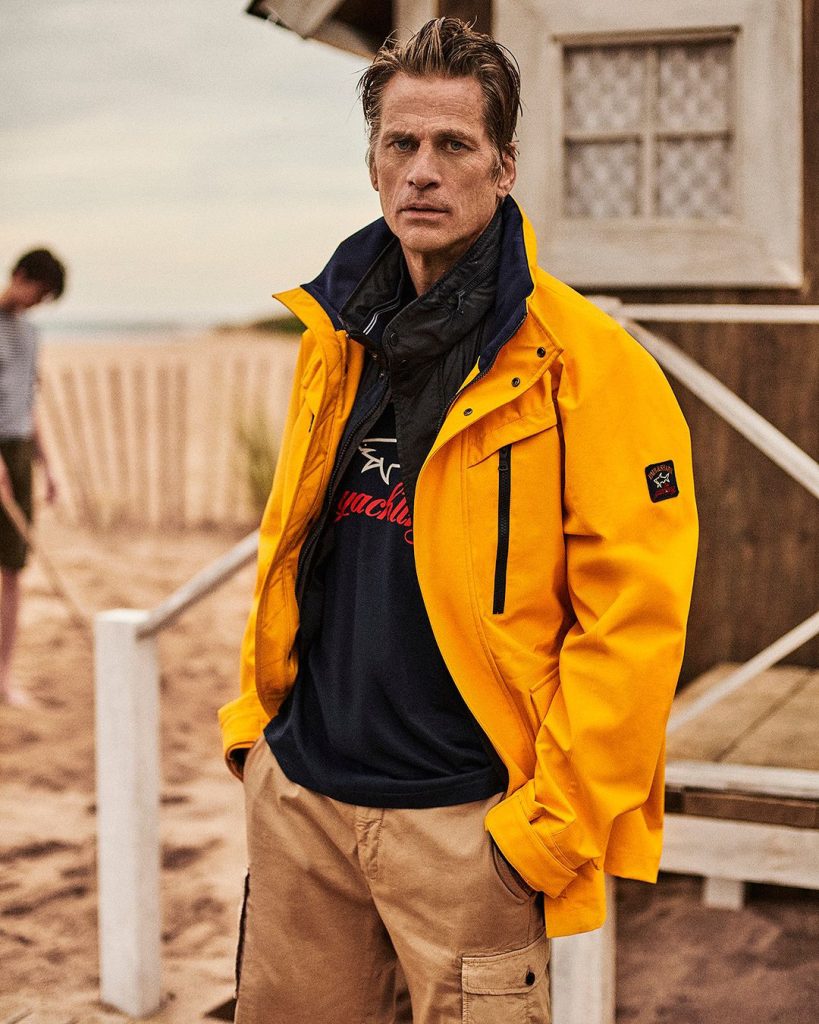
Sustainability – part of the brand identity
The Italian brand is ISO-certified for its efforts in environmental management, and has received several awards for its environmentally friendly measures.
In 2021, they received the first Italian, plastic-free certification in the country. In the same year, they were awarded the Sustainability Award in Italy – an award given to the country’s top 100 most sustainable companies regardless of industry. Particular recognition was given to their efforts to initiate and implement sustainable development projects. They received the same award again in 2022.
“Standard certifications today are the Nordic Ecolabel and the EU Ecolabel. Paul&Shark have decided to do much more. They have taken ownership of important environmental concepts, while also being innovative and leading a number of environmentally friendly measures,” says Kosstad.
He believes that this is what the fashion world of the future will look like.
“The EU will set stricter requirements, legitimising the entire production process. It will become standard for all items of clothing to have a QR code that allows you to trace the item from the store all the way back to the factory. This will probably be a challenge for many businesses to comply with.
However, Paul &Shark is among those that have come the furthest, where sustainability and environmental initiatives are part of the company’s identity, making them unique in the market.
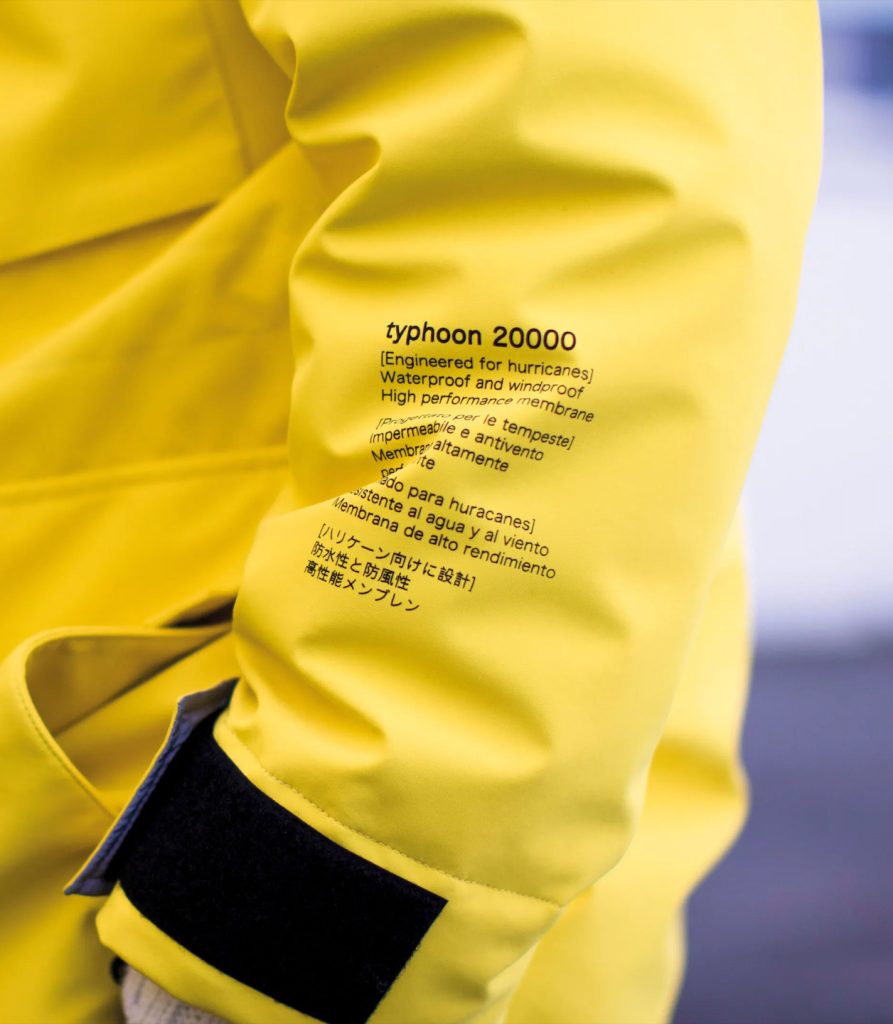
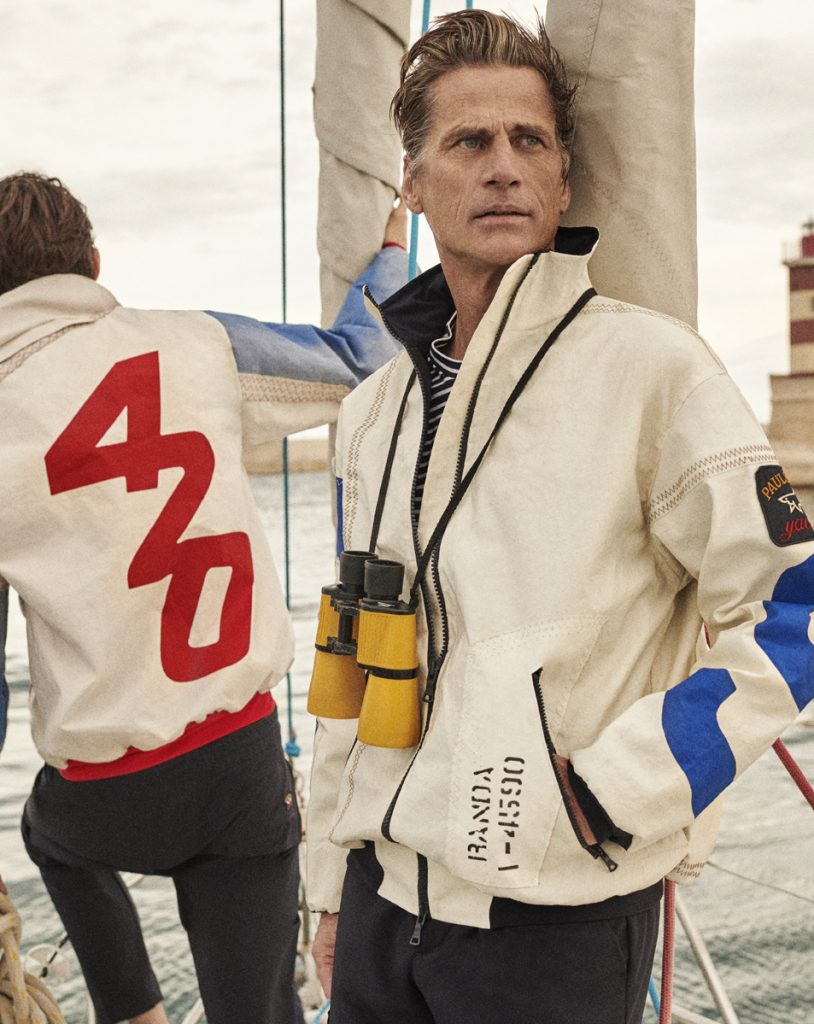
“All fabrics have an environmental feature. They use organic cotton, recycled plastic and recycled wool, as well as Tasmanian wool, which is a pet-friendly alternative. The production process does not use chemical substances, which are particularly harmful to both the environment and employees,” he says.
How Paul&Shark is working towards a more sustainable fashion industry
Paul&Shark continuously works with 10 environmentally friendly and sustainable initiatives:
Save the Sea is a development project with garments consisting of recycled polyester, produced from plastic bottles extracted from the sea. The material provides good insulation, is waterproof and windproof, while the garments are lightweight and comfortable.
Econyl is another material created by Paul&Shark using innovative technology. The material is made from typical nylon products retrieved from the sea, such as sunken fishing nets that would otherwise contribute to destroying marine life. Paul&Shark now uses it to make jackets, trousers, shirts and swimwear.
Typhoon 20.000 is a proprietary and patented material from Paul&Shark, and is considered their most technical capsule. This is a type of Gore-Tex with a 20,000-mm water column, where the difference from Gore-Tex is that the membrane in the Typhoon material is biodegradable and thus environmentally friendly.
Seaqual is a collaboration with the Seaqual-initiative, which cleans up coastal waters worldwide and combats plastic pollution. Paul&Shark uses SEAQUAL® YARN in production, which is a 100% recycled polyester yarn produced from Seaqual.
Re-Cotton is an initiative to reduce water waste in textile production. By using recycled cotton, water consumption can be reduced by more than 60%.
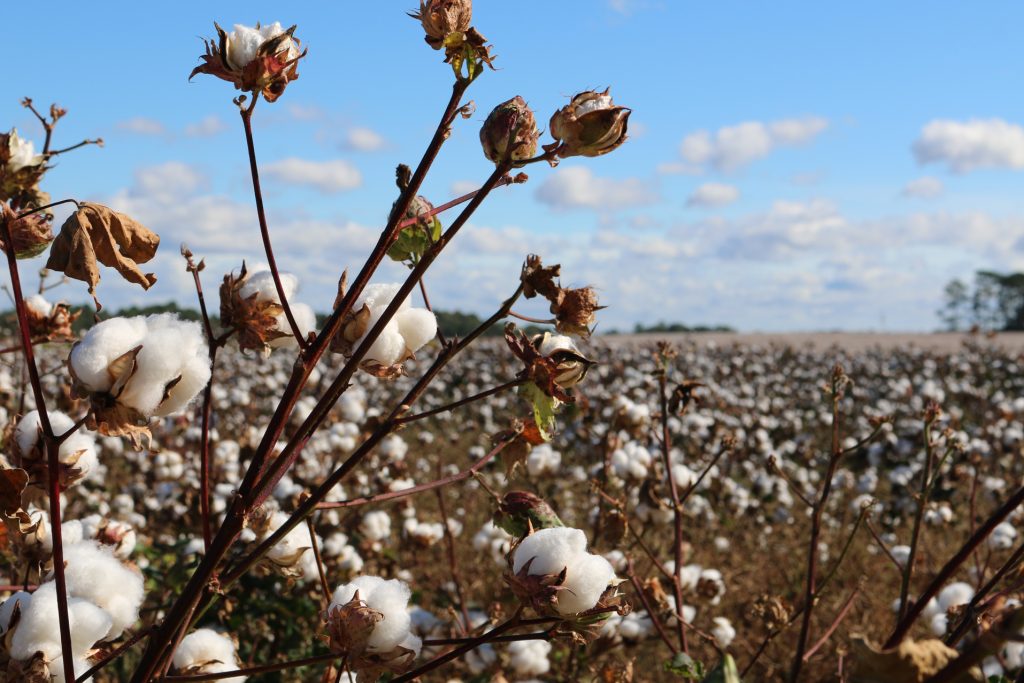
Shark Trust: Paul&Shark supports the Shark Trust, which works to protect sharks and their future in the ocean.
The Guppyfriend Washing Bag is a laundry bag that protects your clothes in the washing machine and captures microplastics separated from the garments in the washing process.
E.M.W Protection is a metal plate fitted inside the pockets of Paul&Shark garments, which protects the body from radiation from mobile phones or other digital devices.
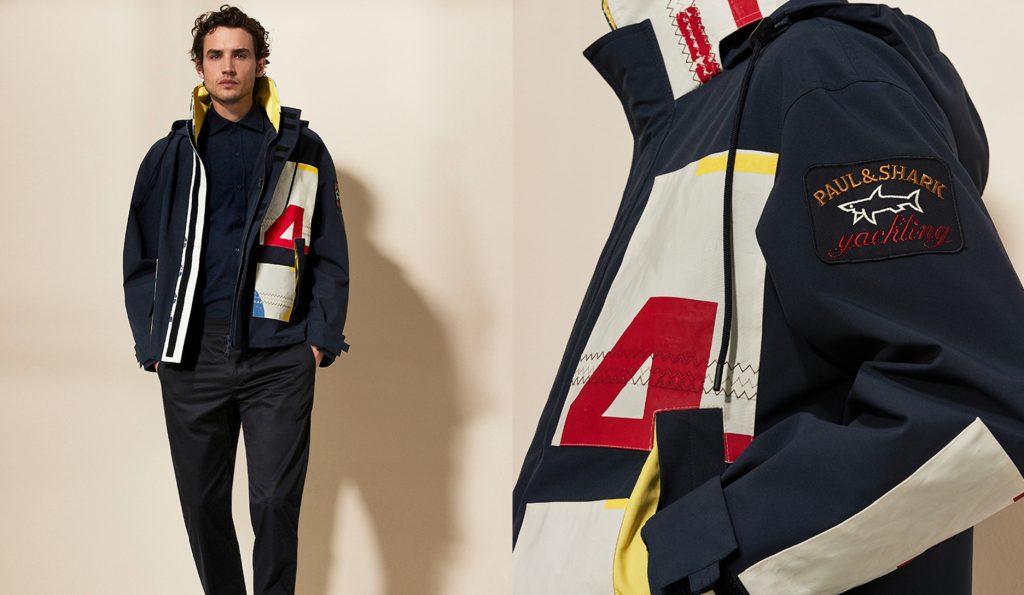
Working conditions – an important part of the company’s efforts
Paul&Shark is a family-owned company, founded in 1976 by the Dini family. While many companies moved production to the Far East after the financial crisis, by far the largest part of Paul&shark’s value chain (95%) is based in Italy.
“This means you can say with absolute certainty that the factory employees work under proper conditions, and that they have normal, social benefits. The employees work shifts with normal working hours, requirements for holidays and training,” explains Kosstad.
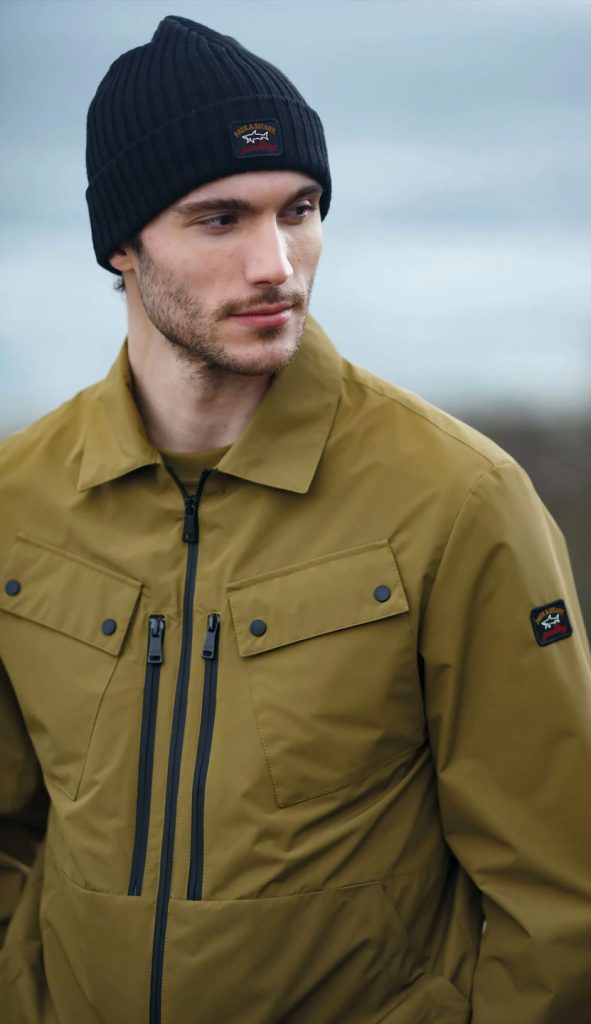
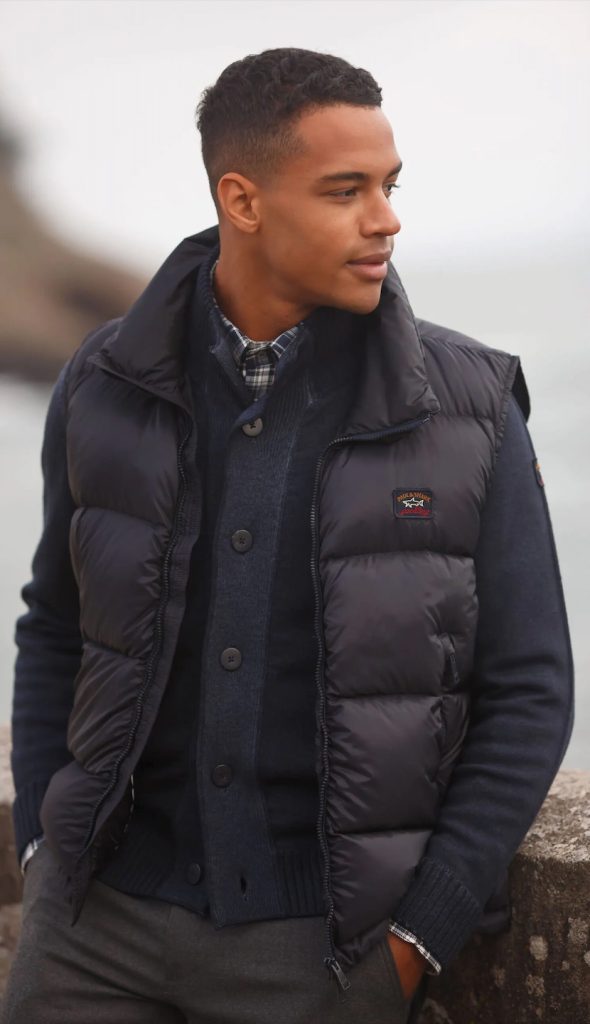
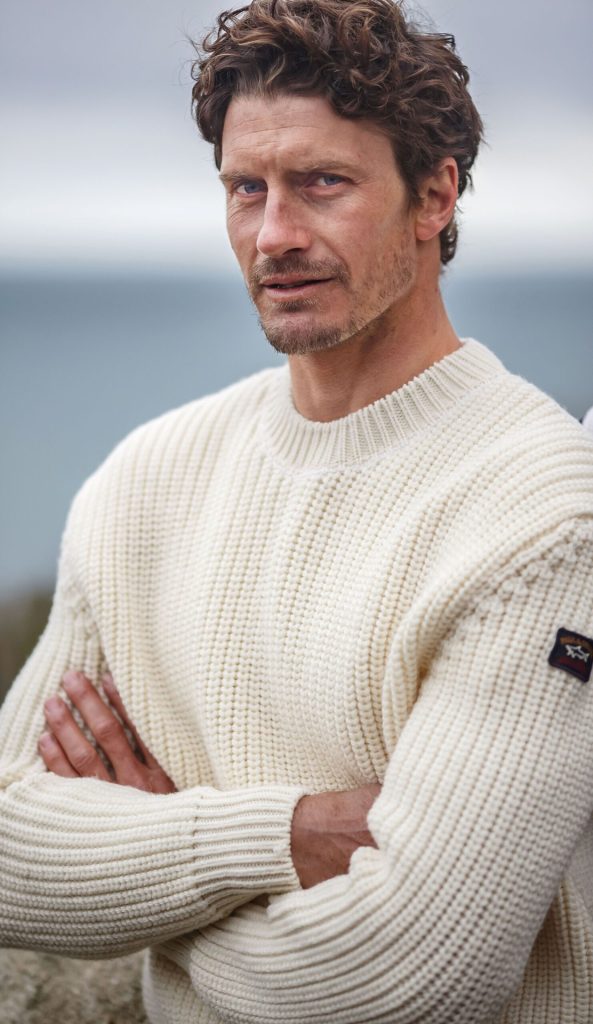
These working conditions are a stark contrast to cases that have been uncovered in several places in the world.
“It’s happening in the world right now and it’s brutal: People who work and live in the factory, where kids sleep in piles of denim, and the employees are blue under their skin from dyeing clothes indigo.
“It’s important to make a choice here as well. The employees must have social benefits, holidays and normal working hours. They should not be working under harmful conditions or be exposed to chemicals. But obviously, these are choices that make the garments more expensive,” he says.
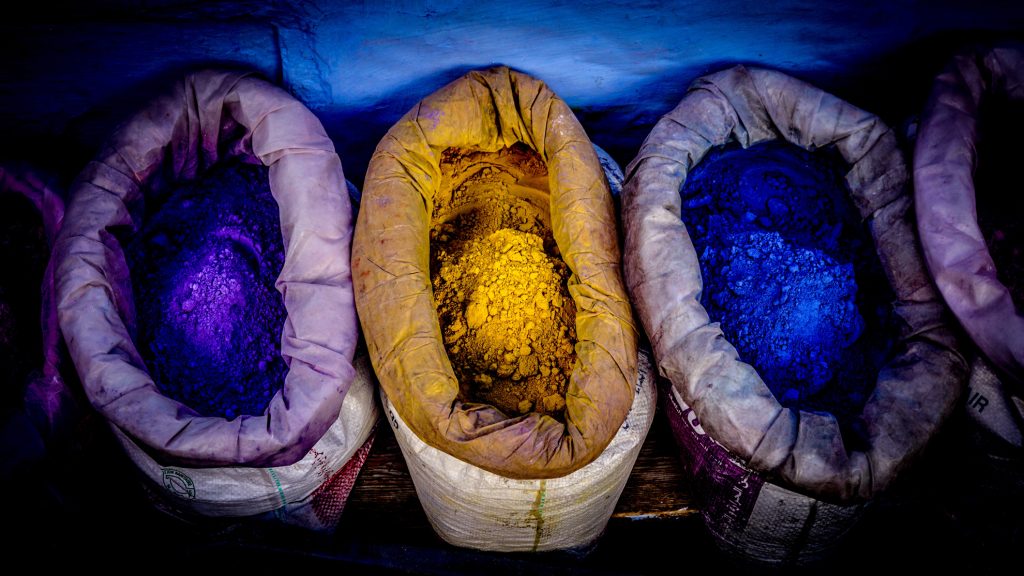
Educating consumers is essential
Although we’ll see stricter requirements for fashion and clothing manufacturers, according to Kosstad, we all face an equally important job to do – changing consumer habits.
“We are seeing a change with the younger generation – especially among men, where people will often buy more expensive clothes of better quality that last longer. But there is still a way to go, especially in women’s fashion where fast fashion chains still have a large market share.
Only 25% of all the items fast fashion stores bring in each month end up as sold. This means that an enormous stock builds up over the course of a year. A stock that in most cases ends up being dumped in the Atacama desert in Chile or on the shores of Ghana.
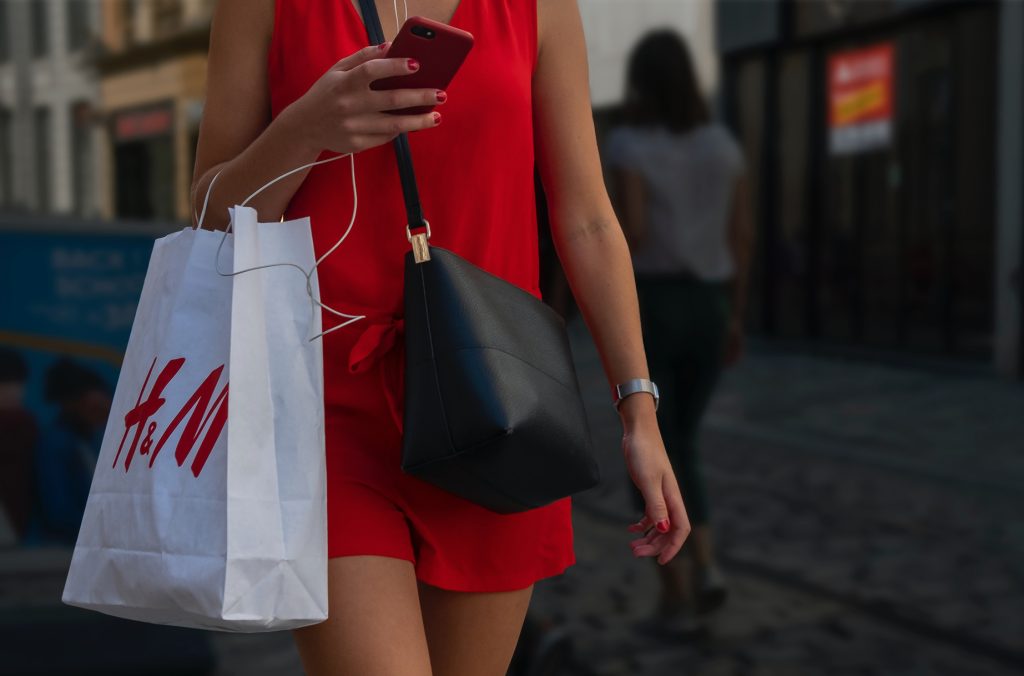
“The future looks bright, but these changes take time. It’s important that we all take it seriously, and inform consumers of its importance along the way.
Sources: